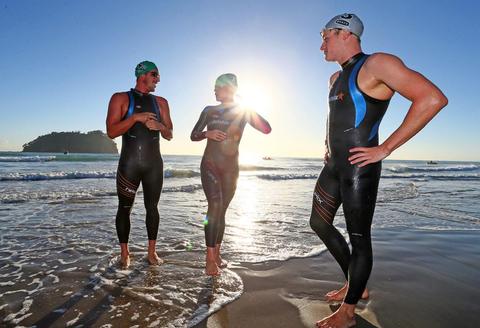Orca Sonar Review
The Sonar is Orca’s best-selling mid range suit. It is highly versatile and for the majority of triathletes is probably the best choice in Orca’s lineup. It’s a great “value” suit – moderately priced but jam packed with features – many of which were on Orca’s top-of-the-line wetsuits just a … Read More















